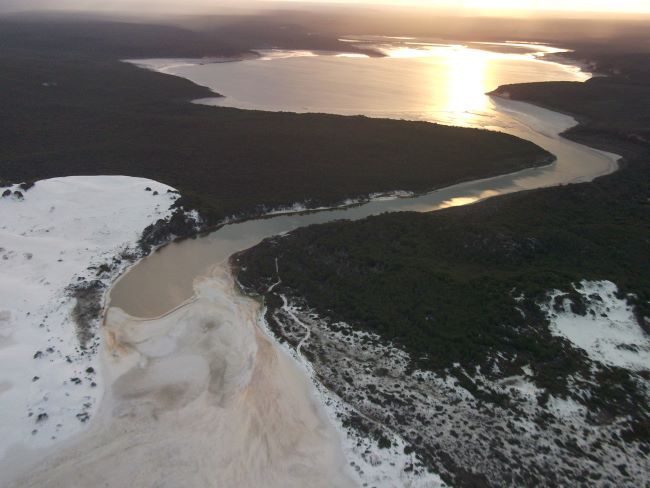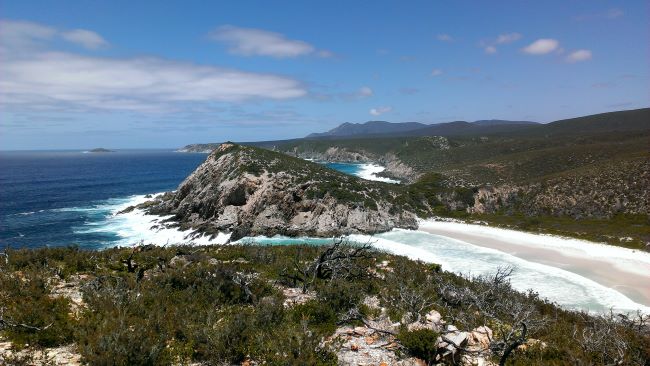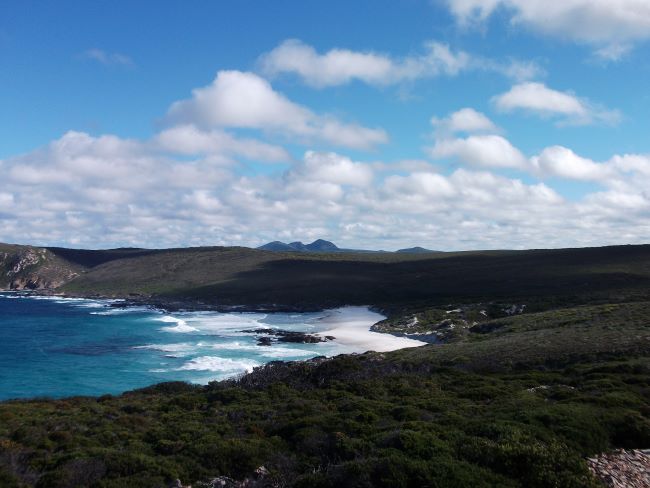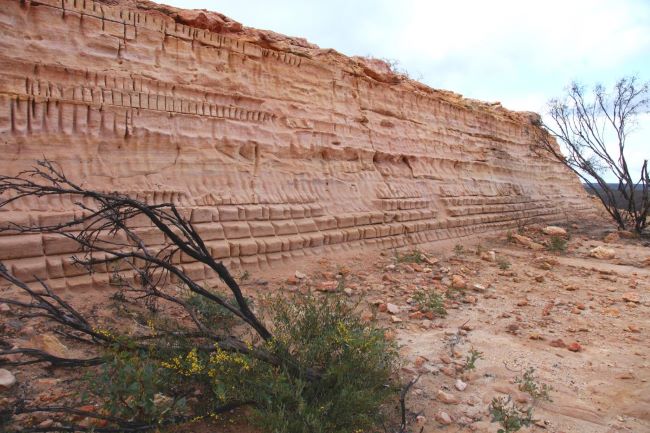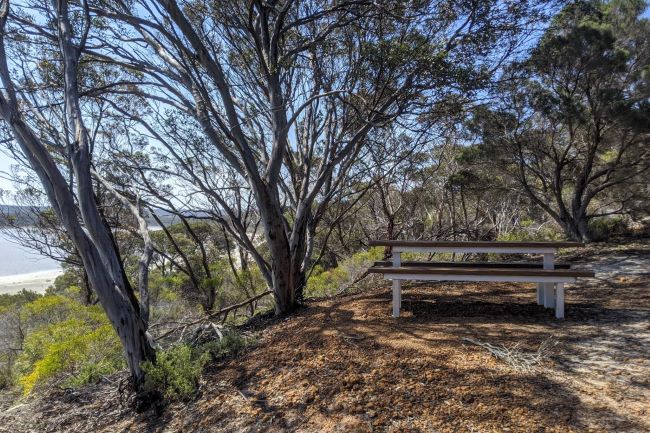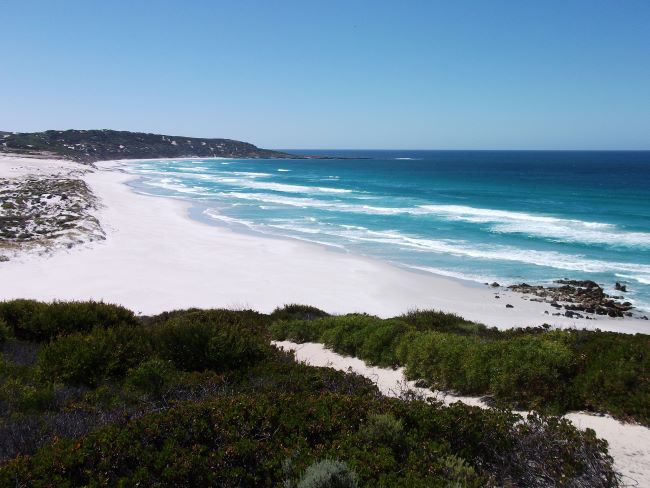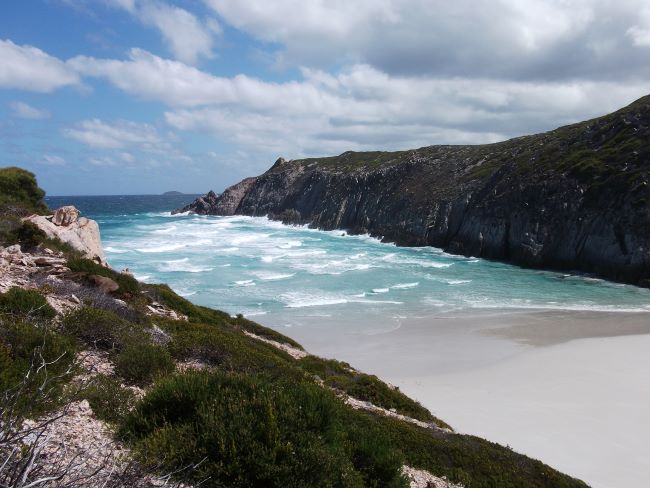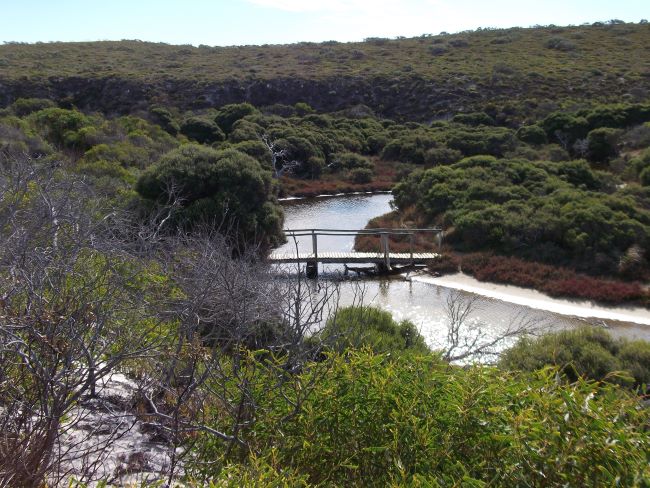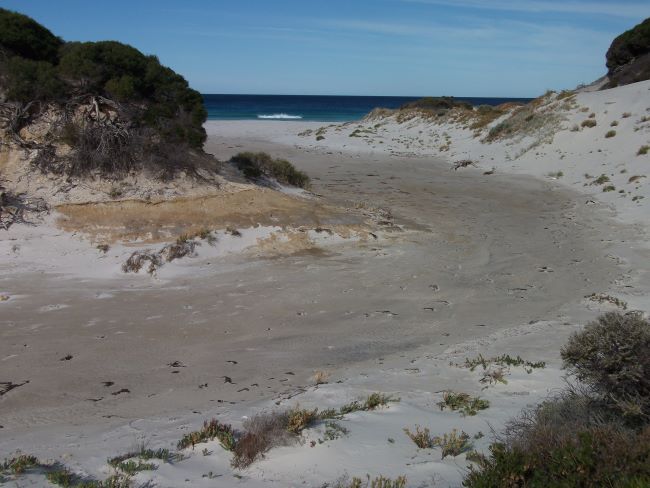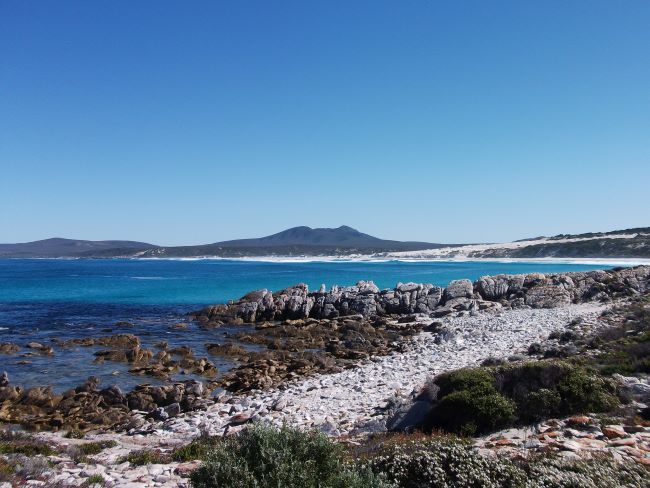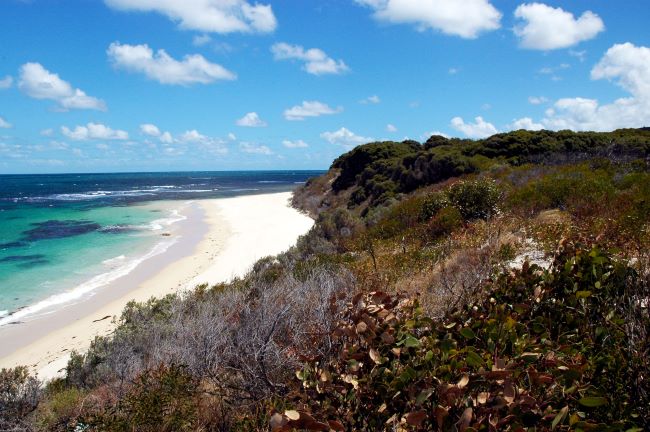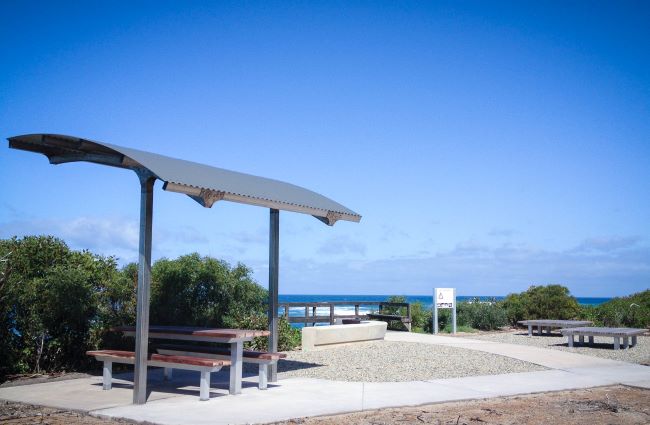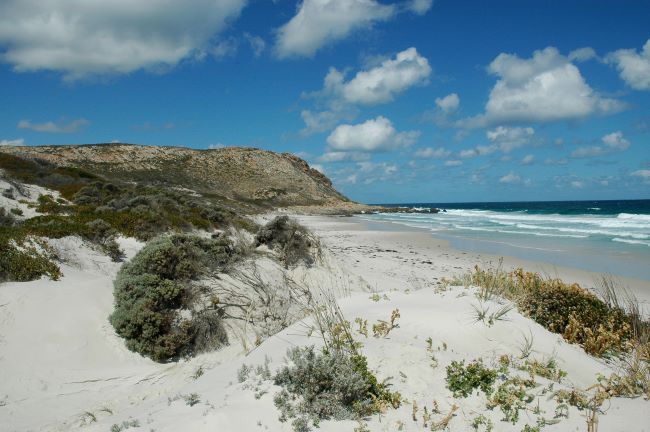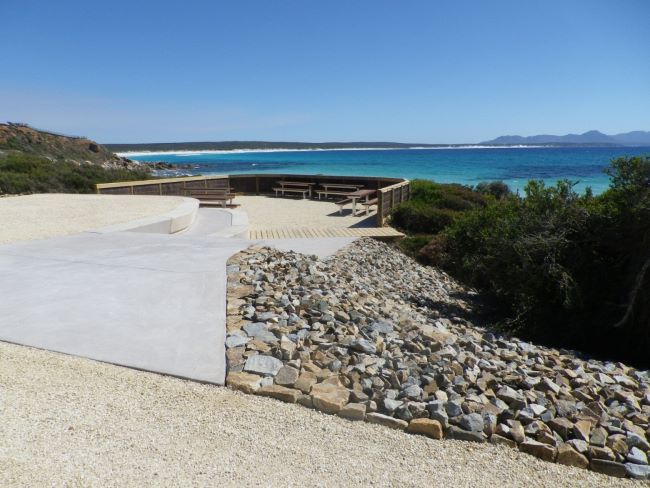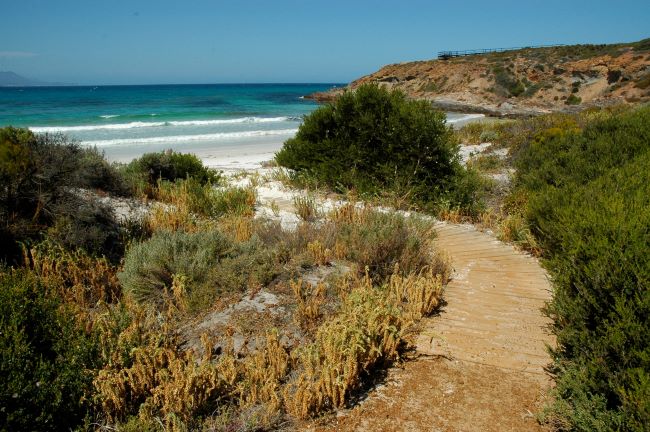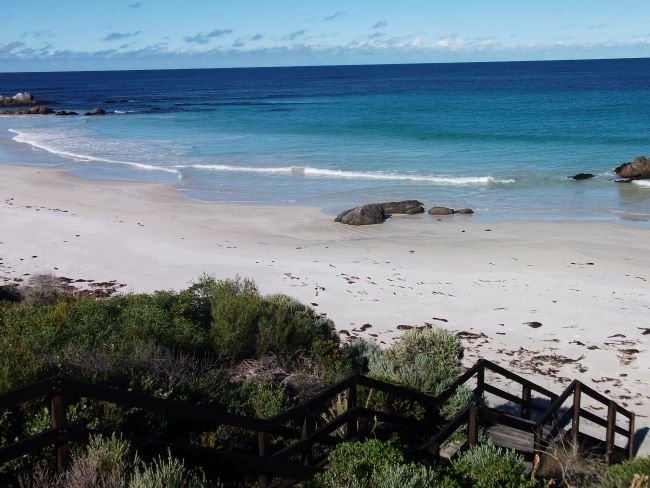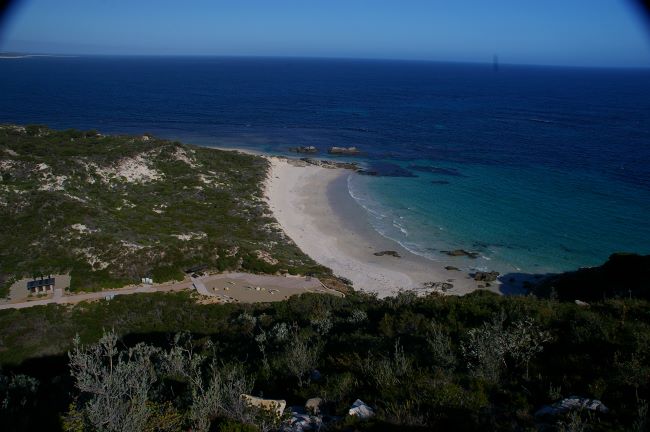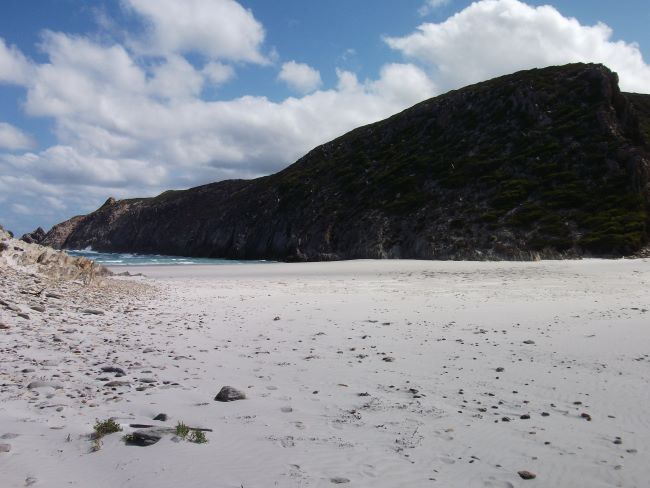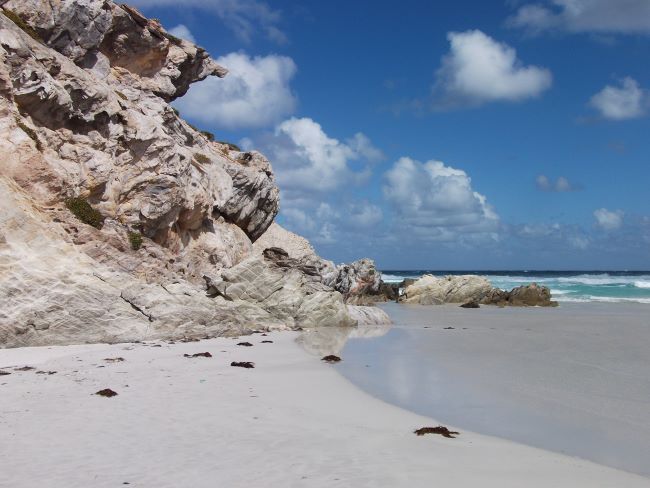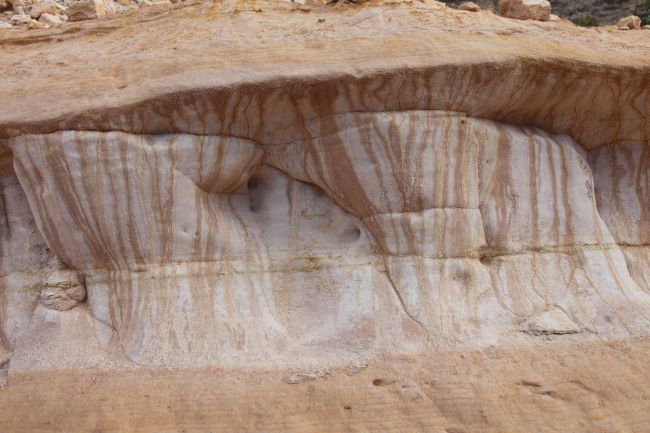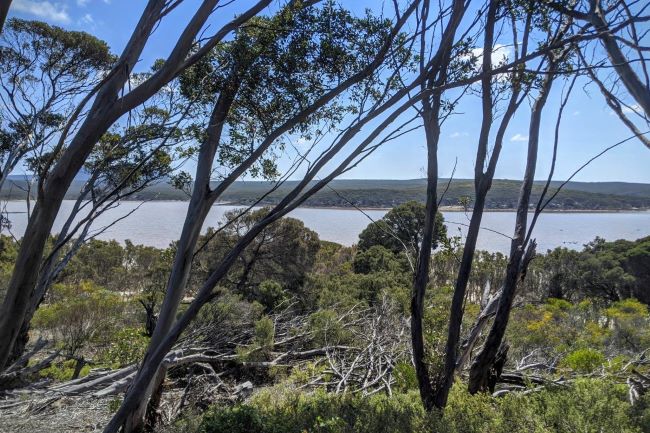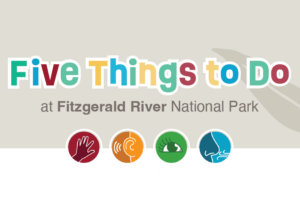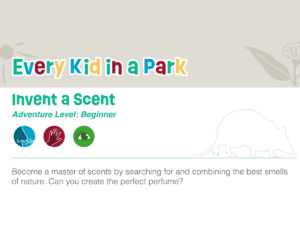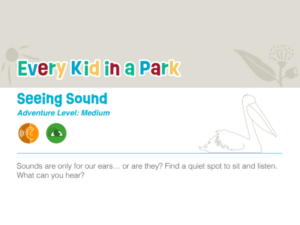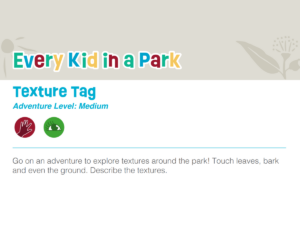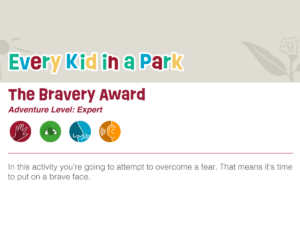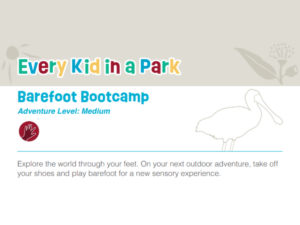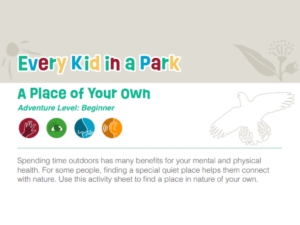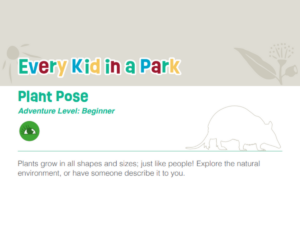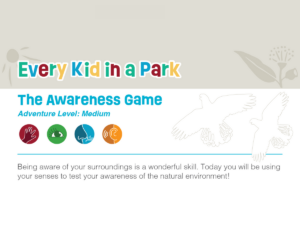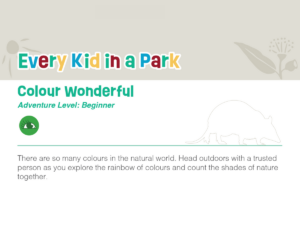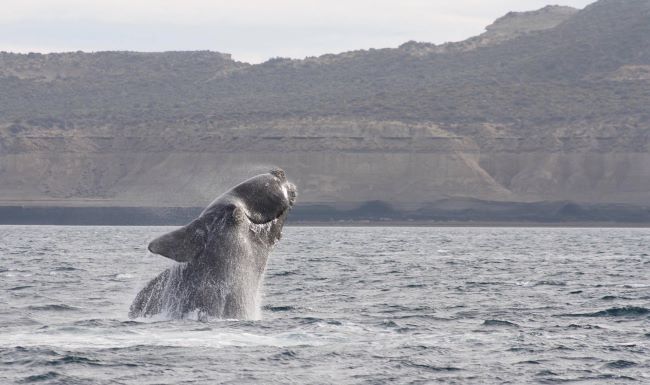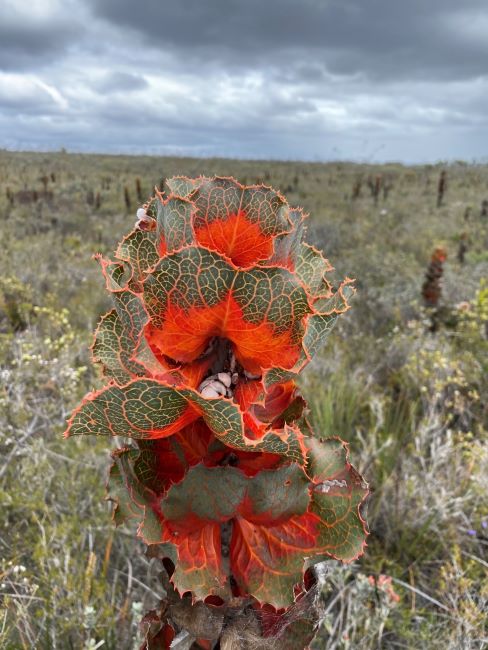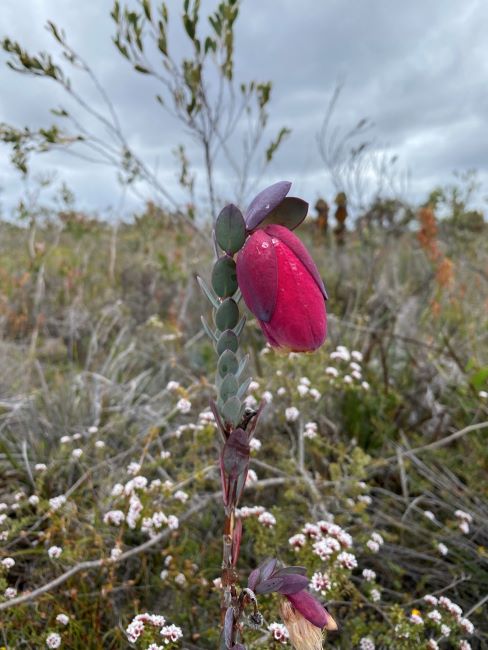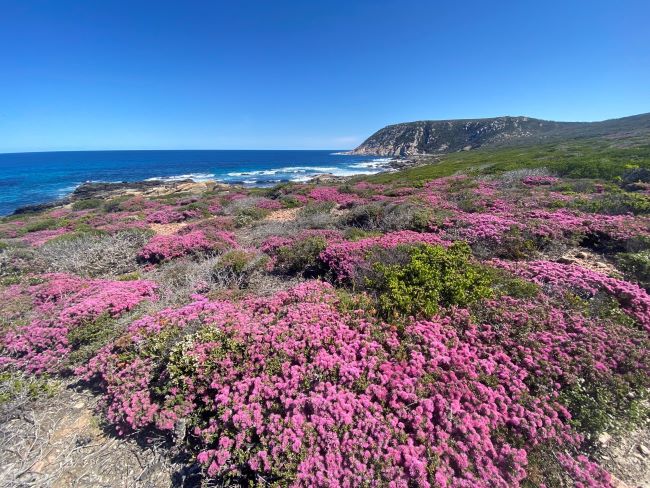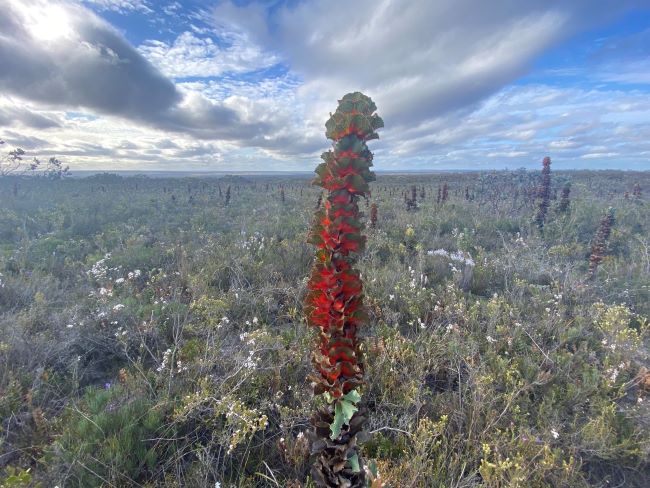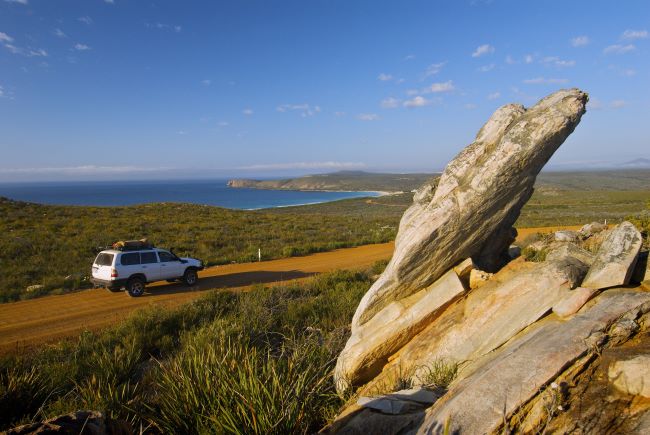Fitzgerald River National Park
Website Accessibility
For a more accessible experience of our website, you'll notice our Accessibility Tool in the corner of your screen. Click on the button to access the user-triggered customisations.
Cultural Recognition
We recognise and acknowledge Goreng, Menang and Wudjari people as the traditional owners of Fitzgerald River National Park.
Overview of Fitzgerald National Park
Welcome to Fitzgerald River National Park – or, the Fitz, as it’s known to locals – one of only 36 recognised biodiversity hotspots in the world!
Located about 420km south of Perth between Hopetoun and Bremer Bay, this quieter park is the perfect coastal escape.
There are numerous secluded bays and beaches to explore, with bright sand and dreamy turquoise water – namely West Beach, East Mylies and Hamersley Beach. East and West Mount Barren, Mount Maxwell and No Tree Hill provide spectacular views of the coastal plains from above.
Short and long walk trails wind through wildflowers and unique native plants, offering visitors the chance to spot some of the park’s wonderful – and often endemic (meaning you can’t find them anywhere else) – wildlife. Read our Biodiversity section to learn more about the park’s international significance!
Fitzgerald River National Park is split into two recreational areas – western and eastern. Each area offers visitors the chance to whale watch, bird watch, bushwalk, swim, dive, boat and fish. There are three campgrounds available, so we recommend staying a few days to really explore the area.
Many of the roads within the national park are gravel and unsealed, and not suitable for caravans, buses or large motor homes. Some roads are four-wheel drive only. Sealed road access is available on Hamersley Drive between Hopetoun and Hamersley Inlet, with entry points to bays and beaches along the way. Ensure you’re ready for your trip to regional WA by visiting the Road Safety Commision’s website.
Entry fees apply, which support the ongoing protection of the environment and management of the park's visitor services and facilities. No pets are allowed in this national park.
Cost of Entry*
Private vehicle with up to 12 occupants
- $17 per vehicle
- $10 per vehicle concession
Private vehicle with more than 12 occupants
- $8 per occupant 6 years or older
- $3.50 per occupant concession
Motorcycle
- $10 per motorbike
- No concession
No entry fee applies if you walk or cycle into the park.
*Prices accurate as of January 2024, refer to the Explore Parks WA website for up to date pricing.
Please respect the park and your safety by:
- taking your rubbish with you. There are no bins provided in this park.
- bringing your own water – at least 4L per person, per day. There is no water provided in this park.
- not picking or removing wildflowers.
- driving slowly to avoid harming wildlife or hikers.
- staying clear of cliff edges and rocky headlands.
Dieback
A very significant threat to the incredible biodiversity of Fitzgerald River National Park is Phytophthora dieback. Over 40% of the plants in the area are susceptible to the disease, and once introduced, it’s almost impossible to remove.
Not only can susceptible plants be wiped-out by dieback, but the animals who rely on the vegetation for food and shelter can consequently be displaced.
Dieback is mainly spread by people – on their shoes, camping gear and cars.
Being such an important area of conservation, it’s vital that Fitzgerald River National Park is protected from dieback. Thankfully, there have been limited occurrences of the disease in the park so far. Here are some steps you can take to keep it that way:
- Clean your shoes of any dirt or mud in advance or use the boot cleaning stations at the start of each walk trail.
- Ensure all camping gear is clean prior to your visit.
- Use the car washdown facility at the Gairdner Ranger Station on Murray Road (western side of park), or the coin-operated carwash in Hopetoun (eastern side of park) to clean the underside and tyres of your vehicle.
- Respect road closures. Roads are closed during wet weather to prevent the spread of dieback, which can be easily transported by mud. In these circumstances, use the sealed section of Hamersley Drive instead.
Resources
Nature Play WA is currently creating fun and interactive resources for Fitzgerald National Park. Throughout November, we will be releasing these resources to assist families in planning their visit to the park.
This resource is all about our five favourite things to do at Fitzgerald River National Park. It’s available to download here, to help you plan your visit. Download your copy
Every Kid in a Park Resources
Discover fun activities to do at any park!
Become a master of scents by searching for and combining the best smells of nature. Can you create the perfect perfume? This document is available to download as a PDF or Accessible Word version, to help you plan your visit. Download PDF version Download Accessible Word version
Sounds are only for our ears……. or are they? Find a quiet spot to sit and listen. What can you hear? Use this activity sheet to record and describe the sounds. This document is available to download here. Download your copy
Use this activity sheet to go on an adventure and explore textures around the park! Touch leaves, bark and even the ground, and describe the features. This document is available as a PDF and an Accessible Word version, to help you plan your visit. Download PDF Download Accessible Word version
With the help of this activity sheet, you’re going to attempt to overcome a fear. That means it’s time to put on a brave face! This document is available to download here. Download your copy
Explore the world through your feet with the help of this activity sheet. On your next outdoor adventure, take off your shoes and play barefoot for a new sensory experience! This document is available to download here. Download your copy
For some people, finding a special quiet place helps them connect to nature. Use this activity sheet to find a place in nature of your own. This document is available to download here. Download your copy
Plants grow in all shapes and sizes; just like people! Use this activity sheet to explore the natural environment, or have someone describe it to you. This document is available to download here. Download your copy
Find a good place to sit or lay down and watch the clouds in the sky. Take notice of their colours, textures and shapes, or have someone describe these to you. Use this activity sheet to create a story in the sky! This document is available to download here. Download your copy
Being aware of your surroundings is a wonderful skill. In this activity, you will be using your senses to test your awareness of the natural environment! This document is available to download here. Download your copy
There are so many colours in the natural world. In this activity, you’ll head outdoors with a trusted person as you explore the rainbow of colours and count the shades of nature together. This document is available to download here. Download your copy
Biodiversity
Fitzgerald River National Park contains 20 percent of the state’s flora species, and there are more mammal, bird and frog species found here than anywhere else in the southwest corner of WA. Many of the plants, and some of the animals, are endemic to the area and its surrounds.
The royal hakea, or Hakea victoria, is endemic to the south coast of WA, with its strongest population growing in Fitzgerald River National Park. This plant is known for its spectacularly coloured foliage! The Qualup bell is also predominantly found in the park, and is named for its pretty, pendant-like, bell-shaped flowers.
In spring, these flowers and many others bloom throughout the park, creating a fabulous display of colour. However, there are flowers visible all year round – for example, the eucalypts (of which there are 80 species in the park) bloom in the summer months.
The Ravensthorpe Range slider is a small skink, and the only fauna species that is endemic solely to Fitzgerald River National Park.
The western ground parrot is also a special resident of the park. There are less than 140 individuals known to be alive today (all found along WA’s south coast), and the first known photo wasn’t taken until 2004, making it one of the rarest parrots in the world!
The dibbler is a small, carnivorous, marsupial mouse, thought to be extinct until 1967. The Fitz is currently the only known mainland area that the dibbler has beeen found.
There are around 29 mammal species, 51 reptile species, 14 frog species and 209 bird species found in the park. To learn more about what plants and animals to look out for, we recommend listening to the Explore Parks WA Fitzgerald River National Park podcasts.
Fitzgerald River National Park was declared a biosphere in 1978 by the United Nations Educational, Scientific and Cultural Organization (UNESCO). It is internationally recognised as a biodiversity hotspot and was added to the National Heritage List in 2016.
Safety
We suggest taking time before your visit to read through the safety information. We recommend visiting the Explore Parks WA website to plan when to visit Fitzgerald River National Park.
Fitzgerald River National Park is a great place for bushwalking. Before you head out in nature, visit the Explore Parks WA website for tips on bushwalking safety.
All unsealed roads and 4WD tracks in Fitzgerald River National Park are subject to closure at short notice. Check park alerts for current road closure information.
There are numerous bodies of water located throughout Fitzgerald River National Park. Follow these precautions to ensure you stay safe around water:
- Take care on rocks on the coast, as there is a risk of slipping and falling. Large waves can suddenly appear and wash over rocks.
- Don’t fish if it is too rough; know the weather forecast and tides before fishing. Always fish with someone else.
- Wear a life jacket at all times when fishing from rocks.
- Swimming at beaches and inland waterways can be dangerous. Be aware of strong rips, variable water depths, submerged obstacles and wet slippery surfaces. For your safety, do not dive or jump into water.
- Restricted access and warning signs are placed there for your protection and safety, and to protect the environment.
- Stay alert and supervise children at all times.
In spring and summer, many reptiles emerge to bask in the sun. During this time, you should take precautions to minimise the chance of encountering snakes:
- Take care in bushland and grassy areas.
- Walk and/or cycle in cleared areas only, where you can see the ground, and keep to established tracks.
- When bushwalking, wear long trousers and boots or other enclosed footwear that preferably cover the ankles.
- Keep a watchful eye on the ground about a metre ahead of where you are walking, and avoid entering areas of long grass, rushes and undergrowth.
Visit Explore Parks WA website for more information about Fitzgerald River National Park.
Acknowledgements
Nature Play WA would like to thank the Department of Biodiversity, Conservation and Attractions for providing valuable information about Fitzgerald River National Park.

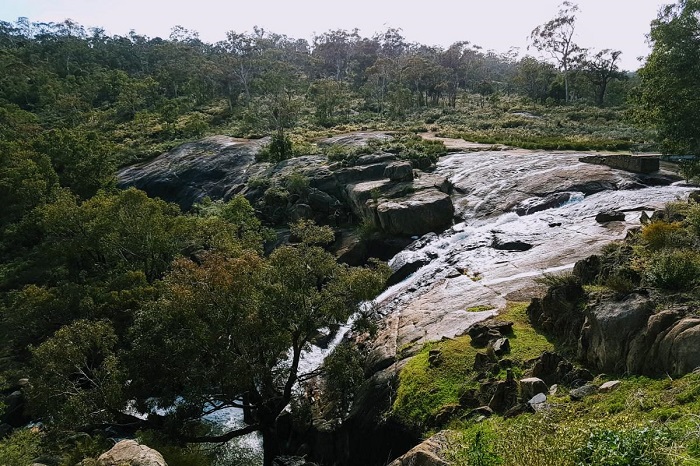 Empty heading
Empty heading